I'm either googling the wrong thing or trying to head down the completely wrong path (most likely)... but now I'm curious so I thought I'd ask.
Long story short, I'm trying to tap into the underlying "API" framework of Microsoft's Message Analyzer tool for a custom application. I say "API" because there is no formal support for an API, no documentation, and there won't be any in the near future, if ever (so says Paul at Microsoft anyway). So instead I've been using the IL DASM tool to poke around some of the Message Analyzer and PowerShell .dlls to try to get an understanding of how this stuff works; the ultimate goal of course is to use MA's .dlls and drivers to do what I want for the custom app. I'm looking at Microsoft.Protocols.Tools.PowerShell.dll, which has a class (Microsoft.Protocols.Tools.PowerShell.PpkTraceSession) that I'm trying to instantiate:
However, if you look right below it, it says something about the class being private (it's cut off in the picture, but the class does implement IPpkTraceSession and IPpkTraceSessionEx). Sure enough, when I reference this .dll in some C# code and try to instantiate an object, I get a compile error saying its inaccessible due to its protection level:
Windows PowerShell has no problem at all creating one of these objects. It just so happens the printout seen below matches all the properties (not seen in the first picture) of the PpkTraceSession class, so I know Windows PowerShell is working some magic to create an object of that class,, I just can't figure out how since apparently this class is private.
So my question,, what's going on here? I've poked around in a lot of the classes shown in the IL DASM output, and there are a surprising number of them that appear to be private. Maybe it's just my bad practice, but I've rarely if ever used or seen many private classes. It's my understanding they have to be nested in other classes to be of any particular use. If PpkTraceSession is nested in another class, that's not clear from the IL DASM output at all. You may see the IPpkTraceSession(Ex) interfaces above,, if there's a way to access the class properties using those I haven't figured it out yet. Is there anyway to instantiate an object of this class, or am I going about this all wrong?
This might be close to a duplicate, but not quite I don't think. Any help is much appreciated! I clearly don't know much about Windows programming.
yano
EDIT::::: Just to tie off all the loose ends (in case somebody else makes my mistake), I discovered the source of my confusion a couple of days ago. All the classes indicated as "private" by the IL DASM tool are actually "internal" classes, meaning that they're meant to be visible only within their own assembly. That was my missing piece, I couldn't understand where all these private classes were coming from when C# won't even let you compile a standalone private class (it must be nested within another class). I should've done some more research on IL DASM before I posted a question, but it didn't even occur to me; I thought private meant private. It's my observation that IL DASM does make a distinction between private/internal classes and nested private classes. This issue has also already been addressed here: When I declare a class as internal, why does the IL show it as private? . Thanks for the help everyone!


